Organizational environment (the values, beliefs, attitudes, and behaviours that exist within an organization) includes the way an organization operates, communicates, and interacts with its employees, as well as the norms and expectations that guide employee behaviour.
An organizational environmental assessment related to the internal work climate for employees might include an evaluation of factors such as:
- Advocacy
Examines the extent to which the organization advocates for its employees and leaders.
- Alignment with Organizational Mission
Assesses the extent to which employees align with and commit to the organization's mission.
- Autonomy
Investigates the extent to which employees exercise control over their work and decisions.
- Benefits
Surveys the effectiveness of the organization's benefits package.
- Communication
Assesses communication clarity and effectiveness within the organization, and between management and employees.
- Conflict Resolution
Probes the effectiveness of processes implemented to manage and resolve conflicts.
- Decision-Making Processes
Studies the effectiveness and inclusivity of organizational decision-making processes.
- Diversity, Equity, and Inclusion
Examines organizational efforts to cultivate a diverse, equitable, and inclusive work environment.
- Empowerment
Studies the extent to which employees are empowered to make decisions and assume ownership of their work.
- Engagement
Analyzes the level of employee engagement including satisfaction, motivation, and commitment within the organization.
- Feedback Mechanisms
Scrutinizes the effectiveness of the organization's feedback mechanisms.
- Innovation and Creativity
Investigates organizational efforts to encourage innovation and creativity in the workplace.
- Internal Resource Allocation
Probes the effectiveness and fairness of internal resource allocation.
- Knowledge Sharing
Reviews efforts to encourage knowledge sharing and transfer within the organization.
- Leadership
Measures the effectiveness of leadership in influencing, stimulating, and supporting employees to work collaboratively toward organizational objectives and goals.
- Morale
Assesses the overall morale and job satisfaction of employees.
- Motivation and Satisfaction
Examines the levels of motivation and satisfaction among employees.
- Organizational Agility
Studies the organization's responsiveness to changes in the business environment.
- Organizational Change Management
Inspects the effectiveness of processes for managing organizational change.
- Organizational Ethics
Measures adherence to ethical and moral principles within the organization.
- Organizational Structure
Determines the extent to which the organization's structure fosters efficiency, collaboration, innovation, and satisfaction.
- Organizational Transparency
Examines initiatives to promote transparency in decision-making, communication, and information sharing.
- Organizational Trust and Respect
Probes the levels of trust and respect within the organization.
- Organizational Values
Measures the alignment of organizational values with employee goals and expectations.
- Performance Feedback and Management
Scrutinizes the effectiveness of performance feedback and its alignment with employee goals and expectations.
- Recognition and Appreciation
Surveys efforts to recognize and appreciate employee contributions.
- Remote and Work-from-Home
Assesses the effectiveness in managing and supporting remote and work-from-home arrangements.
- Retention
Investigates efforts and strategies implemented to retain employees and improve satisfaction and engagement.
- Social and Environmental Responsibility
Measures commitment to social responsibility and environmental sustainability.
- Socialization and Onboarding
Reviews processes to integrate new employees into the organizational culture and norms.
- Stakeholder Relationships
Evaluates the organization's ability to foster positive relationships with key stakeholders.
- Teamwork and Collaboration
Assesses initiatives to foster teamwork and collaboration among employees.
- Technological Infrastructure
Inspects the management and investment in technological infrastructure.
- Training and Development
Reviews organizational efforts to foster employee learning, growth, and development through training and mentorship programs.
- Turnover
Studies the rate of employee turnover and the effectiveness of retention strategies.
- Wellness
Reviews initiatives to promote employee wellness and work-life balance.
- Work-Life Balance
Assesses organizational support for balancing work and personal lives, including flexible work arrangements and wellness programs.
- Workforce Analytics
Analyzes the use of data and analytics to optimize workforce performance.
- Workforce and Succession Planning
Analyzes strategies for future workforce needs and leader development planning.
- Workload
Assesses the adequacy of resources and workload management to prevent employee overburdening.
- Workload Distribution
Analyzes the equity and fairness of workload distribution across departments and teams.
- Workplace Culture
Examines the prevailing values, beliefs, and norms within the workplace.
- Workplace Safety
Reviews efforts to establish a safe and healthy work environment.
An organizational environmental assessment of the internal work climate can be conducted using a variety of methods, including employee surveys, focus groups, interviews, and observations. The results of the assessment can be used to identify areas for improvement and to develop a plan for creating a more positive and supportive work environment for employees.
At Bussière Organizational, we understand how organizational environmental assessments can go wrong. When poorly planned, built on a weak knowledge base, or too narrowly focused, an organizational environmental assessment can serve to reinforce the status quo, or worse yet, strengthen toxicity and dysfunction.

